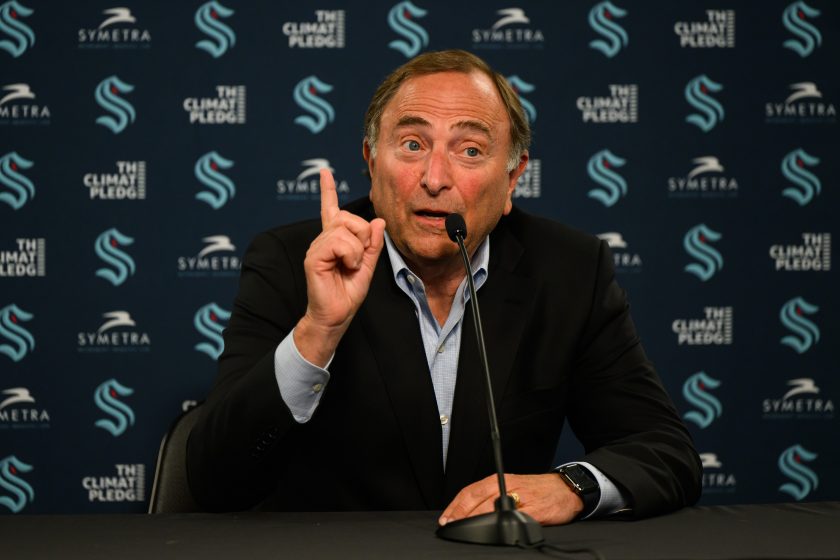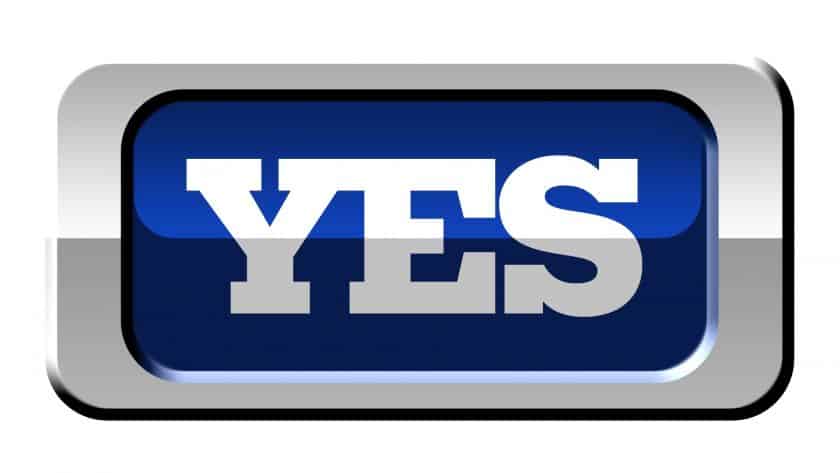Is Jaroslav Halak-Thomas Greiss Enough For The New York Islanders?

The New York Islanders are looking for Jaroslav Halak and Thomas Greiss to be a dominant one-two punch. Will that work for them this season?
New York Islanders fans got a breath of fresh air on May 1, 2014, when the club acquired goaltender Jaroslav Halak from the Washington Capitals for a fourth-round draft pick that was previously owned by Chicago. Now in 2017, Snow has the duo of Halak and Thomas Greiss and while they’ve seen success, is it really enough to bring the Islanders back to the promised land?
Halak and Greiss can be the answer, but a lot has to work in their favor. Halak had great success in 2015 when he set the club’s single-season wins record and Greiss ended the 23-year playoff series win drought in 2016.
[sc name=”Islanders Link Related” link=”https://elitesportsny.com/2017/10/19/new-york-islanders-brock-nelson-trend/” text=”New York Islanders: Brock Nelson Attempting to Buck Troublesome Trend” ]If the two can both contend at their best and the team comes ready to play, there is no reason why the Isles cannot make a deep playoff run, circa 2017 performances from Matt Murray and Marc-Andre Fleury. And with John Tavares‘ contract about to expire as well as a bid for an arena in Elmont at Belmont Park officially submitted, the time to strike is now.
After the 2016 playoffs, where Halak did not play due to injury, fans were calling for Greiss to be the starter. To save money on cap space the resulting action would be to trade Halak. This was the popular opinion especially after Greiss received his three-year extension. Ironically, Halak’s overall save percentage was actually better in 2016 than 2015.
So why did the fans turn on Halak so quickly? The difference in his statistics was the high danger save percentage (HDSv). The high danger shots are the ones goaltenders have to worry about because those tend to be the goals that blow leads and are ultimately the differences between victory and heartbreaking defeat.
[sc name=”Islanders Center” ]Save percentage is the statistic in hockey that matters the most to goaltenders because it is the percentage of shots on goal a goaltender stops. Therefore most of the time, the higher the save percentage, the better the goalie. The high danger save zone is the low slot where goalies give up the most goals. To go with high danger, the overall save percentage can be broken down into two other main zones: low danger (LDSv) and medium danger (MDSv).
The low danger save zone is the zone stretching from the side of the far boards, the blue line and at the sides of the icing line; essentially the perimeter of the defensive zone. The medium danger save zone is throughout most of the defensive zone and wrapping around the low slot from each face-off dot. Thanks to corsica.hockey, these advanced save percentages are already broken down.
According to the website, Greiss’ HDSv during the 2016 regular season was a stunning 83.92 percent. In the postseason, it dipped to 79.31 percent but his overall postseason save percentage was still a 92.71 percent. This indicates that while his HDSv was lower, the Islanders weren’t hurting from it because a large number of shots were coming in from the medium and low danger zones, and Greiss stopped most of those.
In contrast, since the 2015 season, some fans believe that Halak has seemed off or that he’s given up bigger goals. This feeling some have is only half true. Despite his overall save percentage in 2016 actually being better than his in 2015, the difference lies within the HDSv. Halak’s HDSv dipped from 82.86 percent to 79.89 percent. One season later in 2017, it plummeted to a 74.81 percent. Part of the drastic change was because he had a dismal showing in the first half of the season and was sent to Bridgeport for most of the second half.
[sc name=”City Stream” ]While it is too early to predict how the stats will play out for the 2018 season, one can infer from past and realistic results. After analyzing the last seven seasons for a few notable goaltenders like division rivals Henrik Lundqvist, Sergei Bobrovsky and the recently Vegas-bound Marc-Andre Fleury, it is reasonable to say any HDSv above 80 percent is exceptional. All of the previously listed goaltenders have at least two seasons of an HDSv less than 80 percent and the goaltenders listed tend to play better than average.
People often wonder if the 1A-1B tandem is reliable enough for a team to win in today’s NHL. Out of the last five Stanley Cup matchups, only the Pittsburgh Penguins have operated and seen success under the 1A-1B strategy with Marc-Andre Fleury and Matt Murray. The other seven teams to make it to the finals have had a clear cut number one.
So what does all of this really mean? If the team plays at its best and Halak and Greiss play the way they do when they’re healthy and focused, then yes, the Islanders can make a run for the Stanley Cup. Expect an overall save percentage hovering around .915 for both of the netminders. As for HDSv a percentage close to 80.50-81 percent for Greiss and around a 77.9-79.5 percent for Halak is realistic. These numbers are projected from their past seasons HDSv as well as the way they play the game.[sc name=”Into the Isles Podcast Right” ]
Halak has always been more of a hyper goaltender who moves in the crease a lot more than Greiss, who tends to play angles more. An important aspect to remember is that Halak’s MDSv and LDSv tend to be higher than Greiss’. Essentially, where one goaltender falters, the other picks him up. This makes what the Islanders have a true 1A-1B situation; the only thing now is to succeed with it.
As for the playoff matchups, a lot rides on who they draw in a series. A potent offense like the Capitals rather than a defensive team like the Montreal Canadiens will draw up very different game plans. This may even impact who the starting goaltender is at the start of the series if there is no clear-cut number one. In addition, Isles fans know all too well that the whole team needs to show up in the playoffs in order to succeed. Fans learned that lesson in game 7 against the Caps in the 2015 Stanley Cup Playoffs.
One aspect that should not be overlooked is the fact that this is the first time the two goalies have a chance to play with no interruptions. As soon as Greiss came into town, Snow claimed Los Angeles draft pick Jean-Francois Berube and implemented a three-goalie system. The system screwed up all three to an extent but it seemed to impact Halak and his agent the most.
It was only at the end of last season where fans finally got a true glimpse of the Halak-Greiss tandem that was supposed to be all along. Based on Greiss’ play over the course of most of last season and seeing how it regressed as the season went on, I would guess that Halak would get about 15 more starts than Greiss unless one gets injured or runs away with the job.
Until that happens, the two will be splitting time as expected.
[sc name=”Islanders Link Next” link=”https://elitesportsny.com/2017/10/23/new-york-islanders-slowly-building-new-identity-winning-culture/” text=”New York Islanders Offensively Numbers Show Growing Chemistry” ] [sc name=”Islanders Section” ]





